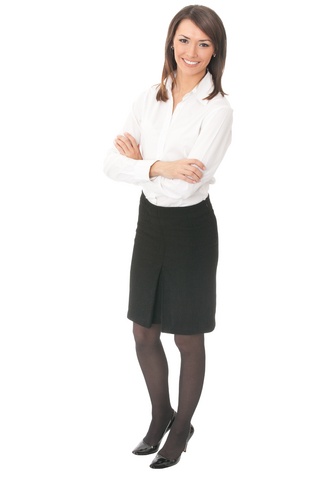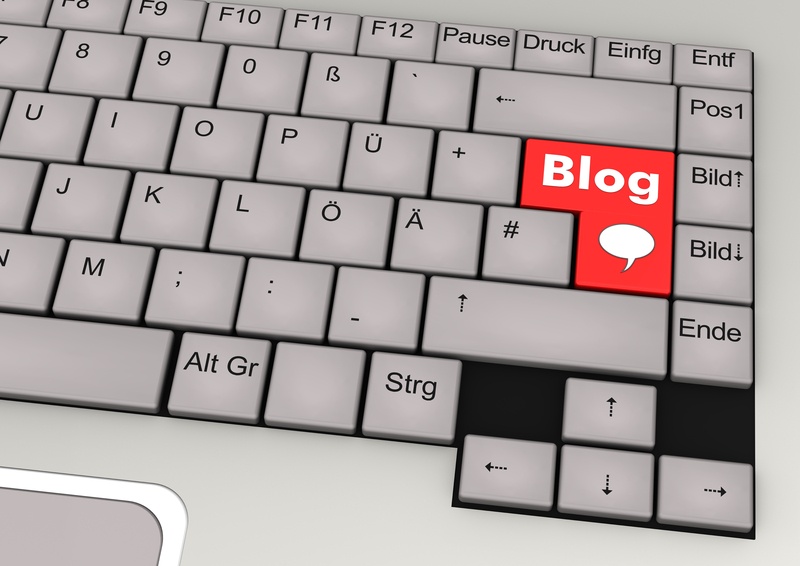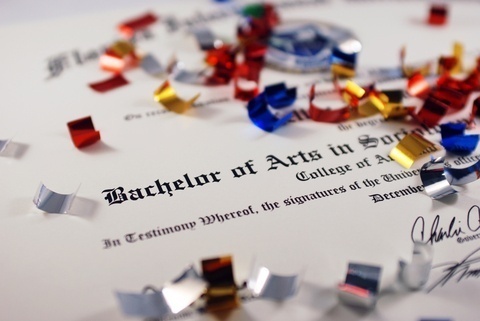Decoding Office Dress Codes

Professional dress codes can be confusing, and there are often grey areas between different levels of office dress codes. This can be particularly intimidating for college students and recent graduates with wardrobes full of casual wear and little or no professional clothing. So what does each dress code entail? What should you wear to an interview or important event? We’ve got a simple guideline to help you dress to impress as you begin your career.
Business Professional
Business professional is attire usually seen in law or accounting firms, and is the safest choice for an interview in any industry. For men, this means a suit, button-up collared shirt, tie, and dark-colored dress shoes. Women have a bit more flexibility in this area, but the safest choice would be a dark colored business suit (jacket and pants or a skirt), a dress shirt or nice blouse, and dark colored dress shoes (flats or heels). Hose or tights might be necessary if a dress or skirt is worn. Lighter colored suiting and shoes may also be considered business professional in some offices, but for interviews dark colors are safest. Business professional also means no bright or distracting accessories or makeup.
Business Casual
Business casual can be much more difficult to understand, because it means different things depending on the workplace or individual. It could mean simply removing the tie and/or jacket and keeping the dress pants or skirt and shoes. However, it could also mean khakis with a collared shirt or dark jeans and any nicer blouse (women) or collared shirt (men). If you’re attending an event and aren’t sure, go for the formal side of the business casual category. In professional offices, some business-casual outfits may be called casual.
Casual
Casual might mean jeans or shorts, flip-flops and a t-shirt. Or it could mean slacks, closed-toe shoes, and a collared shirt. When in doubt, lean toward the more formal option. If you’re told to dress casually for an interview or other important function, it’s safe to wear business casual attire. It might be a bit embarrassing to be overdressed, but it’s much less embarrassing and professionally damaging than dressing too casually.
The bottom line with dress codes is that it really depends on where you work or what event you’re attending. Business professional is pretty cut-and-dry, but business casual and casual often overlap. When in doubt about professional attire, always lean toward the conservative side.


